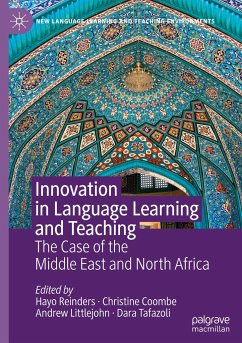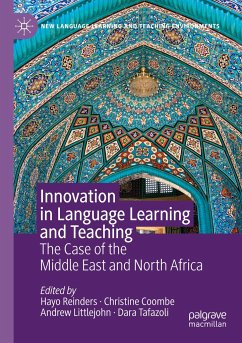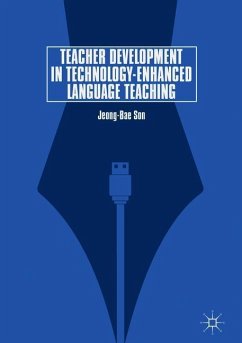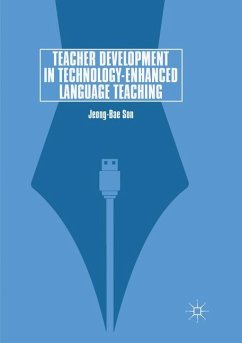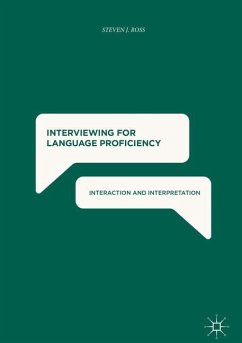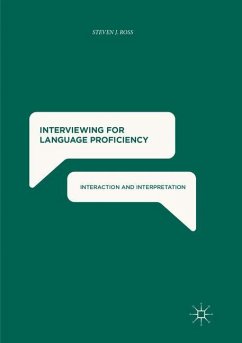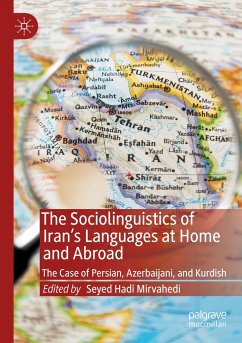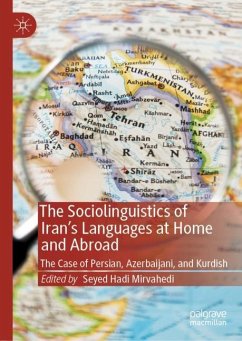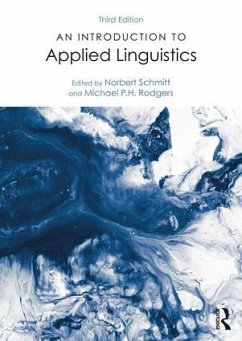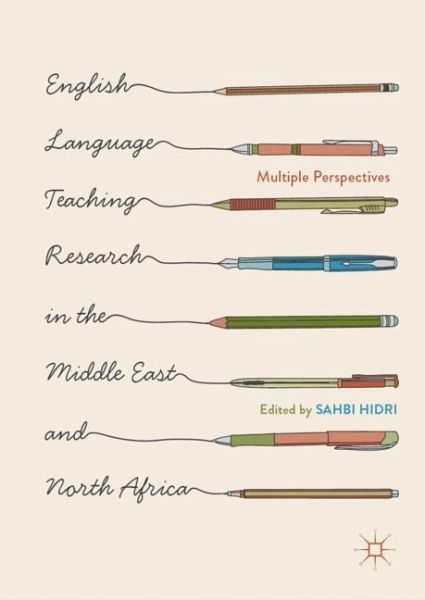
English Language Teaching Research in the Middle East and North Africa
Multiple Perspectives
Herausgegeben: Hidri, Sahbi

PAYBACK Punkte
39 °P sammeln!
This edited collection examines a range of English Language Teaching (ELT) research in the Middle East and North Africa (MENA). While the MENA context has witnessed considerable change in recent years, it has so far been under-represented in ELT research at both the regional and the international level. This book aims to fill that gap by surveying the current state of the field, examining in detail a range of issues and concepts, and suggesting future directions for further research. It will be of interest to ELT researchers and practitioners in general - not just those based in MENA contexts ...
This edited collection examines a range of English Language Teaching (ELT) research in the Middle East and North Africa (MENA). While the MENA context has witnessed considerable change in recent years, it has so far been under-represented in ELT research at both the regional and the international level. This book aims to fill that gap by surveying the current state of the field, examining in detail a range of issues and concepts, and suggesting future directions for further research. It will be of interest to ELT researchers and practitioners in general - not just those based in MENA contexts themselves.



